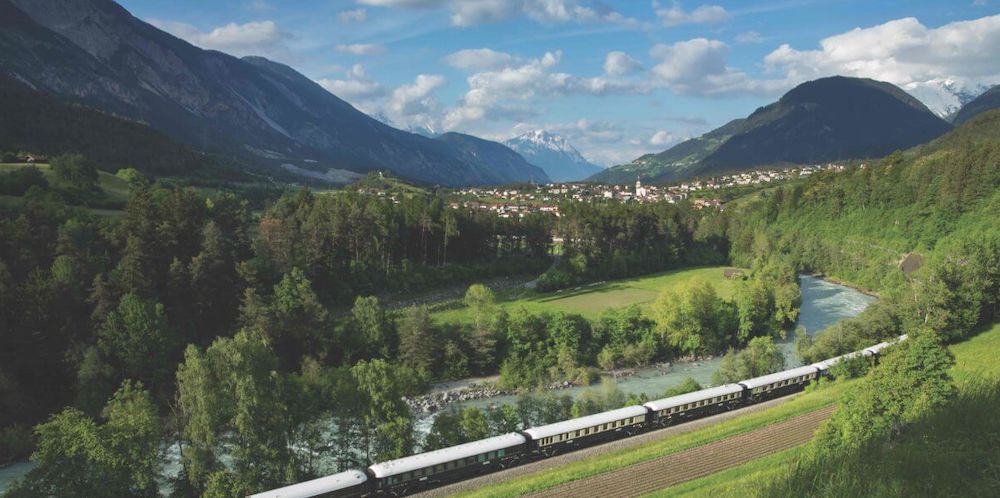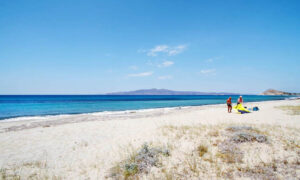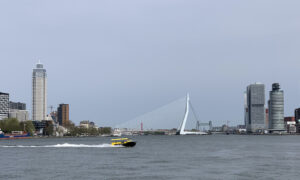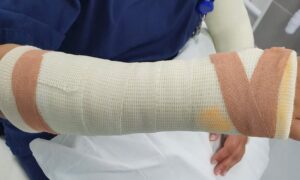I originally flew to Venice to visit a professor friend of mine who teaches at the University of Padua, just outside of Venice. I planned to spend a week in the Veneto region and then fly to Vienna, where my
brother and sister-in-law live. When I visited my brother and his wife in Vienna previously, I flew, and then took the City Airport Train (CAT), which was so easy as it takes you to the city center in 16 minutes. But my Italian friend suggested I take a train between the two cities as it was more environmentally friendly.
Since I wasn’t in a rush and I like the idea of helping the planet, I thought it was a fantastic idea.
I’ve taken the train before but with different routing. This would give me a chance to try a third itinerary to compare with previous journeys.
The southern route – Austrian villages
The southern route is the quickest. It starts from Venezia Santa Lucia (Venice’s Main Train Station), goes through northeastern Italy, on into southern Austria, and ends at Wien HauptbahnHof (Vienna’s Main Train Station). This train departs multiple times a day. Alternatively, you can hop on at Venezia Mestre and get off at Wien Meidling.
Seven hours flew by as I watched the scenery change from cities to mountains, forests and lakes. Here and there were Zwiebelturm Kirchen (onion dome churches) dotting the landscape.
The central route – Salzburg
If Salzburg is on your list, I would recommend taking the central route in two parts: Venice to Salzburg where you can overnight – I suggest at least two nights – and then Salzburg to Vienna. This route splits Austria in two, from the Alpine town of Villach in the south, where you will change trains, to Salzburg in the north.
You can get from Venice to Salzburg in just under six hours, and from Salzburg to Vienna in less than two and a half hours.
The northern route: Verona, Trento, Bolzano, Italy – the Brenner Pass – Innsbruck, Salzburg, Austria
The northern route first heads west to Verona before moving north to Trento (Trent), Bolzano (Bozen), and the amazing Brenner Pass. This section of the Alps is known locally as the Dolomites. The train passes through this main chain of the Alps on the Italian – Austrian border at 1,370 meters (4,490 ft), before continuing to Innsbruck, Salzburg, and finally Vienna.
Recommendations
• If you want the quickest trip or would like to see some small villages, such as Klagenfurt, Bruck an der Mur, Wiener Neustadt, take the southern route through Austria.
• If you want to stop off in Salzburg, take the central route. It is the fastest way to get there from Venice.
• If you want to see some of Europe’s other less-travelled cities – Verona, Trento, Bolzano, Innsbruck, Salzburg – or go through the Brenner Pass, take the longer, northern route.
Of course, all of these routes can be done in reverse as well.
The details
Train strikes
The day I was to travel from Venice to Vienna, a nationwide strike, including rail, was scheduled in Italy. I went to the train station the night before to ask if my train would be affected. There, I learned that
international trains typically are not affected by domestic strikes and confirmed with an agent that my train was not on the list.
Phew!
The next day while waiting, I noticed about one-in-six domestic trains were delayed. It was a relief when my internationally destined train headed off almost on schedule!
Food and drink
On my most recent trip, there was a restaurant car where you could eat a meal or just get something to take back to your seat. In Italy, a coffee and snack cart came through more than once, but there was no cart service in Austria that day.
Be advised that while the restaurant car, or cart, can be convenient it can be expensive so you might want to bring your own food and drink on board.
Announcements on the train
While in Italy, announcements were made in Italian and English. Once we crossed the border into Austria, they were in German and English.
Here are the ticket websites for the respective train lines:
ÖBB, Trenitalia, Deutsche Bahn
• ÖBB (Austrian rail)
• Trenitalia (Italian rail)
• Deutsche Bahn (German rail)
Buon viaggio! Gute Reise! Have a Good Trip!

About the author:
Mary Porcella is a Europhile who has lived in Germany, Norway, Italy, and the United States. She is a writer, editor, and photographer.
She loves seeing new places, returning to old haunts, and meeting up with family and friends. As of today, her travels have taken her to 20 European countries, and she hopes to visit the rest.
See all of Mary’s work for Dispatches here.
Mary Porcella is a Europhile who has lived in Germany, Norway, Italy, and the U.S. She is a writer, editor, and photographer. She loves seeing new places, returning to old haunts, and meeting up with family and friends. As of today, her travels have taken her to 20 European countries, and she hopes to visit the rest.















